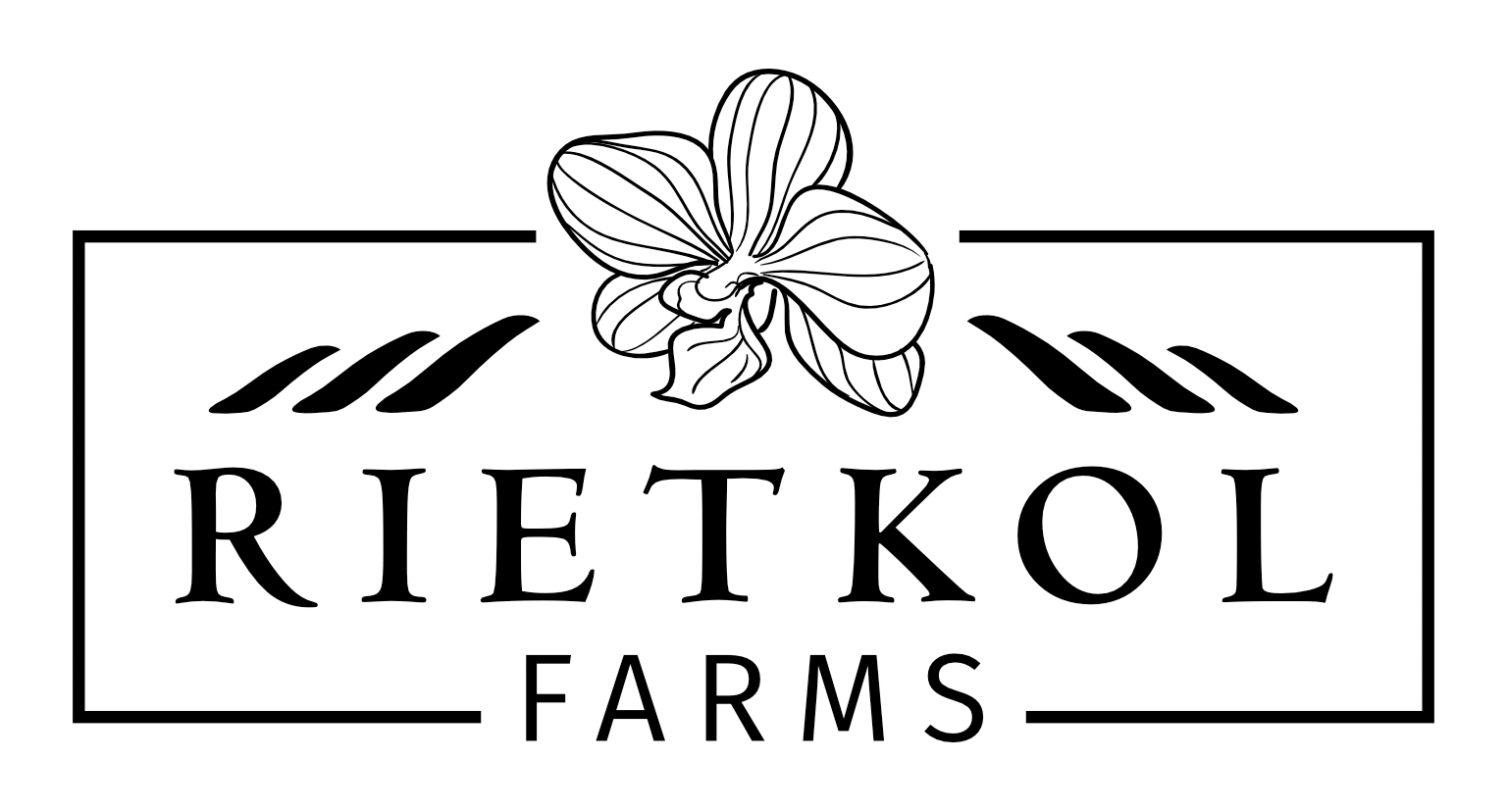Cymbidium and Protea Care
|
# |
Plant Care |
Cymbidium Orchid |
Proteas |
|
1 |
Temperature Requirements |
-
USDA
Zone 9 (Low). -
Temperature
Range -2c to 25c. -
Spike
development when evening autumn temperatures drop below 10c. -
Always
protect from frost. -
Successful
indoor and outdoor plant, ensure that temperature and protection requirements
are met.
|
-
Proteas generally grow best in USDA zones 8 through 11 -
Temperature
Range -5c to 35c -
Proteaceae,
generally are not frost resistant, although some can take snow and wet/cold
conditions. (Please check species requirements)
|
|
2 |
Light Requirements |
-
When
grown outdoors ensure adequate protection from direct sunlight, either in the
shade of a tree or under 50% shade netting. -
When
grown indoors, light is naturally diffused, so place near north facing window
so plant receives maximum available indoor light. |
-
Maximum
sunlight and air circulation |
|
3 |
Water Requirements |
-
Always
ensure a moist growing medium. -
Water
with a thorough soaking twice a week during the hot summer months and once
per week during winter. |
-
Proteas
can survive with as little as 300mm precipitation and many proteas will
tolerate and, in some cases, greatly benefit from annual rainfall of up to
2000mm. (Please check species requirements) |
|
4 |
Humidity Requirements |
-
Cymbidium
orchids enjoy an average yearly humidity level of between 40% - 60%. |
-
The
Proteaceae family prefers warm climates with low humidity levels. Humidity
levels should never be above 80% for prolonged periods. |
|
5 |
Fertiliser Requirements |
- During the foliage growth season (spring through
late summer) use a high nitrogen-based orchid fertilizer. (Apply every two
weeks) - In autumn through winder use a phosphorus-based orchid
fertiliser beneficial to flower spike formation. (Apply every two weeks) - Apply organic based fertiliser (Chicken manure)
or slow-release fertiliser (Osmocote) once a year. |
-
Proteas do not
need fertilizer. Too much phosphorus in soil levels will lead to their
demise. Infrequent application of mild organic fertiliser can be tolerated. |
|
6 |
Soil Requirements |
-
Use orchid mix
containing tree bark. |
- Most species and cultivars require well-drained,
acidic soils with a Ph of 5.5 or less. - In some cases, pH can be as low as 3, except for
a few species which grow in limestone rock along the south coast of the Cape.
It is possible to grow proteas in heavy clay and silt solids, or in limestone
areas where there is excessively high ph. - Soils should have a low phosphate content, a
relatively low humus content and more calcium than magnesium. -
(Please
check species requirements) |
|
7 |
Propagation Requirements |
-
Main
propagation is through pseudobulb division. -
Other
techniques included tissue culture (Cloning) and seed generation and
germination. |
- Certain breeding programs focus on plant
propagation through seed development - Given the accessibility of clonal selections, the
method of choice among a large percentage of commercial growers is to propagate
from cuttings. |
|
8 |
Up Potting Requirements |
- Repot in the spring after flowering season when
plant and pseudobulbs have outgrown the pot or when potting mix has
decomposed. - Up potting should aim to accommodate the plant
for the next two to three years |
-
Some proteas
species make great container plants. -
Select large
pots and use a good quality, bark-type potting soil. -
A good potting
mix is two parts river sand, two parts coconut coir and one part vermiculite
or perlite. -
Remember, Low
Ph, Low Phosphorus and excellent drainage is required. |
|
9 |
Pests and Disease |
-
A
well-established cymbidium should be resistant to most insects and diseases. -
But with the
orchid plant family, there is some risk of aphids, scale, and other insects. Identify and treat soonest with orchid
insecticide and disease products, following label directions correctly. |
-
The most common
protea disease is caused by the fungi Phytophthora spp.,
commonly known as dieback. -
Phytophthora harms the plant root system and crown leading to
the potential death of the plant -
Monitor for
pests and diseases. Continually monitor and treat where necessary. -
Detailed
literature available on pest and diseases affecting the Proteaceae family. -
Diseases,
symptoms, and control measures are covered in Protea Diseases by
Sharon von Broembsen |
